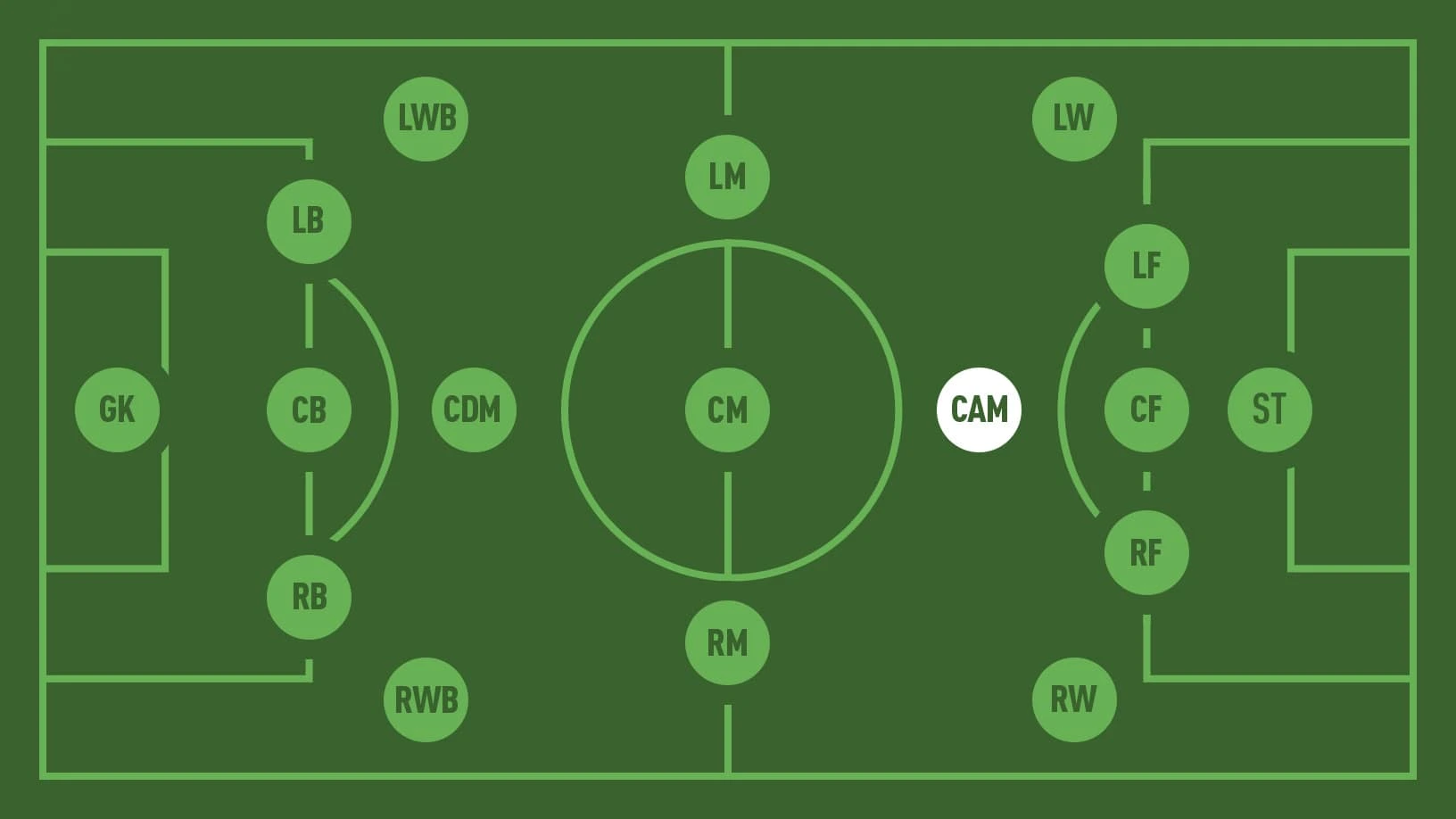If you’ve ever heard the term “CAM” being thrown around and wondered what it means, then this blog post is for you! CAM, short for Central Attacking Midfielder, is a position that holds immense importance in any soccer team. Join us as we unravel the secrets behind this intriguing acronym and explore how CAMs make magic happen on the pitch.
What does CAM stand for?
CAM, or central attacking midfielder, is a crucial position in the game of soccer. As the name suggests, this player operates in a central area of the field and is primarily responsible for orchestrating attacks and creating goal-scoring opportunities for their team.
In modern soccer, CAMs are often referred to as “number 10s,” a term that originated from traditional numbering systems used to identify players on the field. The role of a CAM has evolved over time with changes in tactics and styles of play, but their fundamental purpose remains the same – to be the creative force behind their team’s attack.
CAMs typically have excellent technical skills, vision, and creativity. They are proficient at passing and possess exceptional ball control to navigate through tight spaces and evade defenders. Their main job is to receive passes from deeper-lying midfielders or wingers and distribute them effectively towards the goal.
One of the key attributes of a successful CAM is their ability to read the game quickly and make quick decisions under pressure. They must have excellent spatial awareness and be able to anticipate movements from both teammates and opponents on the field. This enables them to exploit any gaps in the opposing team’s defense with precise through balls or clever combinations with other attackers.
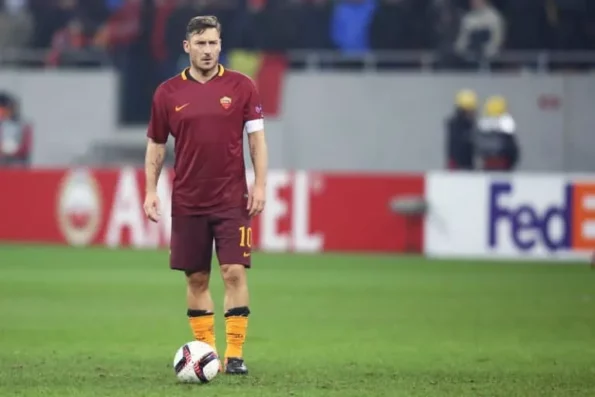
Another important aspect of a CAM’s role is their contribution defensively. While they are primarily focused on attacking, they also need to track back and help out in defending when needed. A well-rounded CAM should possess good stamina levels as they are required to cover a lot of ground during a match.
The Role and Responsibilities of a CAM
The Role and Responsibilities of a CAM (Central Attacking Midfielder) in soccer are crucial to the success of the team. This position requires a player with exceptional technical skills, vision, and creativity on the field.
One of the primary roles of a CAM is to link the defense and attack. They sit right behind the strikers and are responsible for receiving passes from their teammates and distributing them towards the opposition’s goal. This requires excellent passing accuracy, decision-making abilities, and awareness of their surroundings.
A CAM also needs to have strong dribbling skills to be able to beat defenders in one-on-one situations and create space for themselves or their teammates. They should be comfortable with both feet, allowing them to maneuver in any direction while being in control of the ball.
Furthermore, a key responsibility of a CAM is to provide through balls or crosses that can unlock opposing defenses. This requires not only technical ability but also tactical awareness as they need to constantly analyze how defenders are positioned and make quick decisions on where and when to play these passes.
In addition, a CAM must possess great shooting abilities as they often find themselves in scoring positions during counter-attacks or set-pieces. They should be able to finish chances themselves or make accurate shots towards other players who may have better opportunities at goal.
Tactics Used by CAMs
Tactics play a crucial role in the game of soccer, and the attacking midfielder or CAM (central attacking midfielder) is often responsible for orchestrating these tactics on the field. In this section, we will explore some of the common tactics used by CAMs in modern soccer.
1. Creating Space
One of the key tactics employed by CAMs is creating space for themselves and their teammates. They use their positioning, movement off the ball, and clever runs to pull defenders out of position, thus opening up gaps in the opposition’s defense. This allows them to receive passes from their teammates in dangerous areas and create scoring opportunities.

2. Playmaking
As mentioned earlier, CAMs are responsible for linking up play between defense and attack. This means that they need to be able to read the game well and make quick decisions on when and where to pass or dribble forward with the ball. Their vision, passing range, and ability to pick out killer through balls are essential skills that help them dictate play.
3. Dribbling
The ability to beat opponents one-on-one is an essential skill for any attacking player, especially a CAM. These players often have excellent close control and balance, allowing them to weave past defenders with ease and open up space for themselves or their teammates.
4. Shooting
While not all CAMs are known for being prolific goal scorers, they do have a knack for finding themselves in good scoring positions. This makes their shooting ability a valuable asset to the team. A well-timed run into the box or a well-placed shot from outside the box can often catch the opposition off guard and lead to goals.
5. Movement
CAMs are constantly on the move, looking to create space and get into dangerous positions. They have to be clever with their movement, making runs that drag defenders out of position and create openings for their teammates. This also includes making runs into the box to provide an option for crosses or through balls.
Famous CAM Players in Soccer
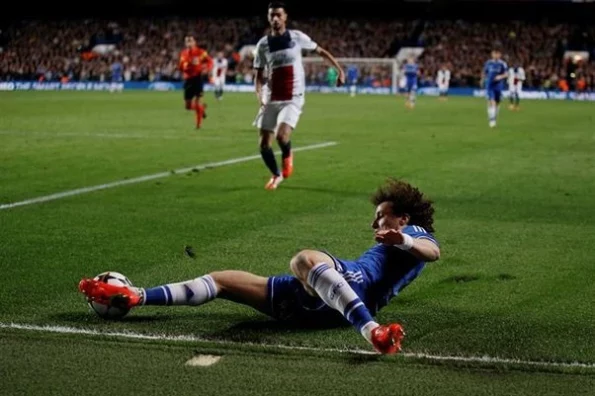
In this section, we will take a closer look at some of the most famous CAM players in soccer history. These individuals are not only known for their mesmerizing skills on the field but also for their ability to control and dictate the pace of the game.
1. Pele
Widely considered one of the greatest soccer players of all time, Pele was a natural-born playmaker with exceptional vision and passing abilities.
He spent most of his career playing as a second striker or an attacking midfielder, where he could use his creativity to set up goals for his teammates or score them himself. Pele’s impeccable ball control and unmatched dribbling skills made him almost impossible to defend against, earning him three World Cup titles with Brazil.
2. Zinedine Zidane
Another iconic player who needs no introduction is French legend Zinedine Zidane. He is known for his skilled passing, dribbling, and creative playmaking abilities. Zidane’s crowning achievement as a CAM came in the 2006 World Cup, where he led France to the final with his creative brilliance.
3. Lionel Messi
Widely regarded as one of the best players in the world today, Lionel Messi’s rise to stardom began as a CAM for Barcelona. His incredible vision, spatial awareness, and dribbling skills make him a nightmare for defenders to handle. Messi’s ability to create space and set up scoring chances for his teammates is unparalleled, earning him numerous accolades throughout his career.
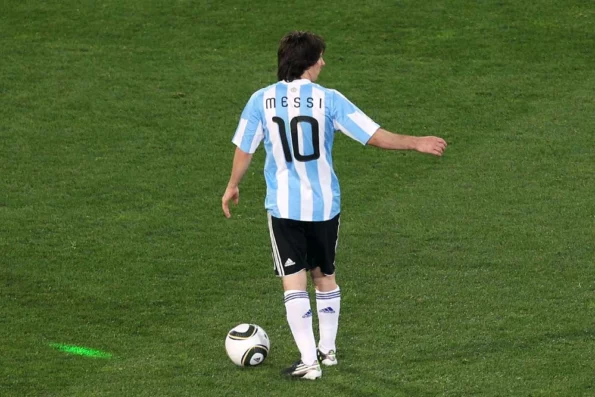
4. Ronaldinho
Few players have been able to dazzle fans like Ronaldinho did during his prime. The Brazilian superstar was famous for his mesmerizing footwork and ability to beat defenders with ease. His creativity and improvisation on the field made him a nightmare for opposition defenses, earning him several individual accolades including the Ballon d’Or in 2005.
5. Diego Maradona
Another legendary Argentine player, Diego Maradona is widely regarded as one of the greatest CAMs of all time. His close control, dribbling skills, and vision on the field were second to none. Maradona’s ability to take on multiple defenders and create goal-scoring opportunities made him a true game-changer for his country and club teams throughout his career.
Challenges Faced by CAMs
Being a CAM comes with its own set of challenges that can make or break a player’s performance.
One of the biggest challenges faced by CAMs is dealing with constant pressure from opponents. CAMs are often marked by opposing players, making it challenging for them to receive passes and create chances for their team. They have to be quick on their feet and possess excellent ball control skills to evade defenders and find open spaces.
Moreover, CAMs face physical challenges due to their constant movement on the field and engagements with opposing players. This requires a high level of stamina and endurance, which can be physically demanding throughout an entire match. CAMs also need to be agile and have good balance in order to quickly change direction while under pressure from defenders.
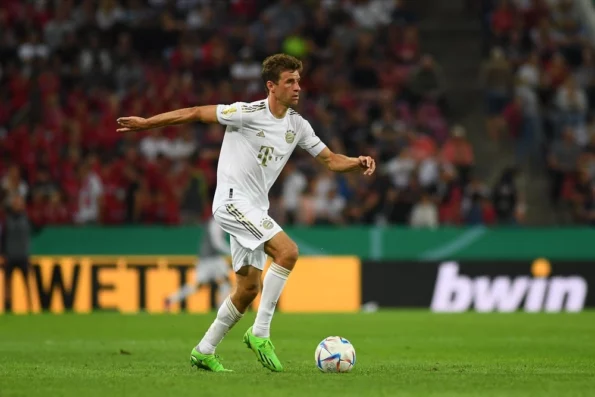
Another challenge faced by CAMs is maintaining mental focus throughout the game. As mentioned earlier, they play a pivotal role in dictating the pace of the game. Therefore, they must always be aware of their surroundings and make split-second decisions on when to pass or dribble towards the goal. This can be mentally taxing, especially when facing a strong defense or in high-pressure situations.
Lastly, CAMs also face challenges in terms of adapting to different playing styles and formations. CAMs may need to change their positioning and role on the field depending on the team’s tactics, such as playing with one or two strikers. They must adjust their style of play accordingly, whether it be making runs into the box or dropping deeper to support the lone striker.
Conclusion
CAM requires a combination of skills such as creativity, vision, passing ability, and goal-scoring instincts. Understanding the role of CAM can help fans appreciate the importance of this player on the field and how they contribute to a team’s success. So next time you watch a game, keep an eye out for the central attacking midfielder and see how they impact the flow of play!
FAQs
CDM and CAM are two positions in the game of soccer that refer to specific roles on the field. CDM stands for “central defensive midfielder” and CAM stands for “central attacking midfielder.”
CB stands for center back, which is a defensive position in soccer. A center back’s main role is to protect the goal and prevent the opposing team from scoring.
RB stands for “right back” in soccer. This is a position on the field, usually occupied by a defender, who is responsible for defending the right side of the team’s goal and helping to initiate attacks.
